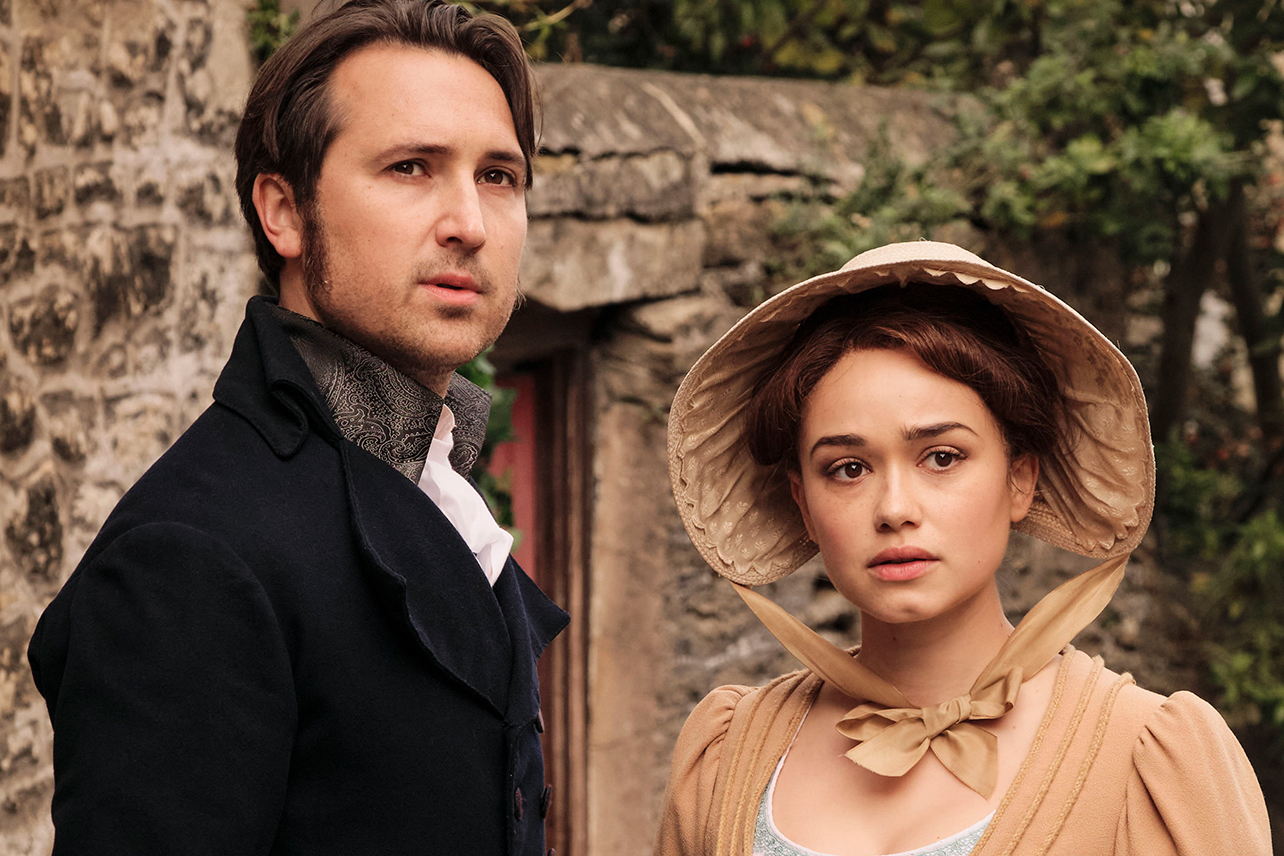After a month-long drought, PBS drama fans will hit overload. Arriving Sunday (March 19) are:
— “Call the Midwife,” at 8 p.m. It’s the 12th season and seems destined to go on forever.
— “Sanditon” (shown here) at 9. It’s the third season – and the final one; blame circumstances for that.
— “Marie Antoinette,” at 10. It will only last eight episodes; blame the French peasants.
These shows cover the extremes. “Midwife” has sweet people, surrounded by squalor in London’s East End; “Marie Antoinette” has scheming people, surrounded by splendor in Versailles.“Sanditon” is in-between – a penniless young woman meets good and bad people in an English coastal town.
All three follow the formula for PBS’ best recent dramas: They have a rich sense of time and place, with stories that center on complicated women. Here are quick looks:
— “Call the Midwife” may lead the TV world in sweet spirits and good intentions.
It was originally set in 1957, when the National Health Service was less than a decade old. Based in a convent on London’s East End, midwives (some of them nuns) rush on bicycles, often for home births.
Now we’re up to 1968, with better facilities, a wider range of medical trouble … and bigger issues.
In 1967, England decriminalized abortion and (with limits) homosexuality. As this season starts, we see other crises — homelessness, addiction, abusive husbands, cruel parents — plus new battles.
Lucille is a nurse who met and married a fellow Jamaican native – Cyril, an engineer and lay pastor. Now she longs for her island home … just as a British politician is stirring anti-immigrant fervor.
Amid cascading problems, “Midwife” does manage to find joy. A new character, Sister Veronica, is both well-meaning and a habitual liar. And an old character is back.
Trixie was a key part of the show for a decade. Then actress Helen George took half of last season off, for the birth of her second daughter; Trixie departed to care for her godmother.
Now she’s back … and resuming her romance with the convent’s patron. At times, the gloom fades.
— “Sanditon” has faced plenty of obstacles, including at its origin:
This is based on a novel that Jane Austen had barely started before her death. By the end of the first episode, writer/producer Andrew Davies had used up all of Austen’s material.
Then the British production company dropped out after the first season. PBS scrambled to find a new partner; it resumed without Davies and with Covid delays. There was a two-year gap between the end of the first season and the beginning of a tiny (six-episode) second.
Now the third and final season arrives, with lives in limbo. Charlotte is back from her home town … where she became engaged to a handsome farmer. She seems unaware that her former employer, a widower, is in love with her. (They’re shown here.)
Then there’s the widower’s daughter, attracting some guys because she’ll be getting a decent income. And there’s Georgiana, attracting more guys because she’s inheriting a fortune. And there are others, in a gorgeous town that has one more season to solve everyone’s problems.
— Marie Antoinette has a basic problem: At 14, she’s moving to another country to marry a stranger.
He’ll be king some day, so her main duty is to produce offspring, That’s complicated by the fact that in matters of sex, she has no knowledge and he has no interest.
“Marie Antoinette” tries to seize our attention quickly with some overwrought moments, including an opening dream scene. Stick around, however; as the show settles in, we start to see what most PBS dramas prefer: A smart and earnest young woman, groping to find her own way.
